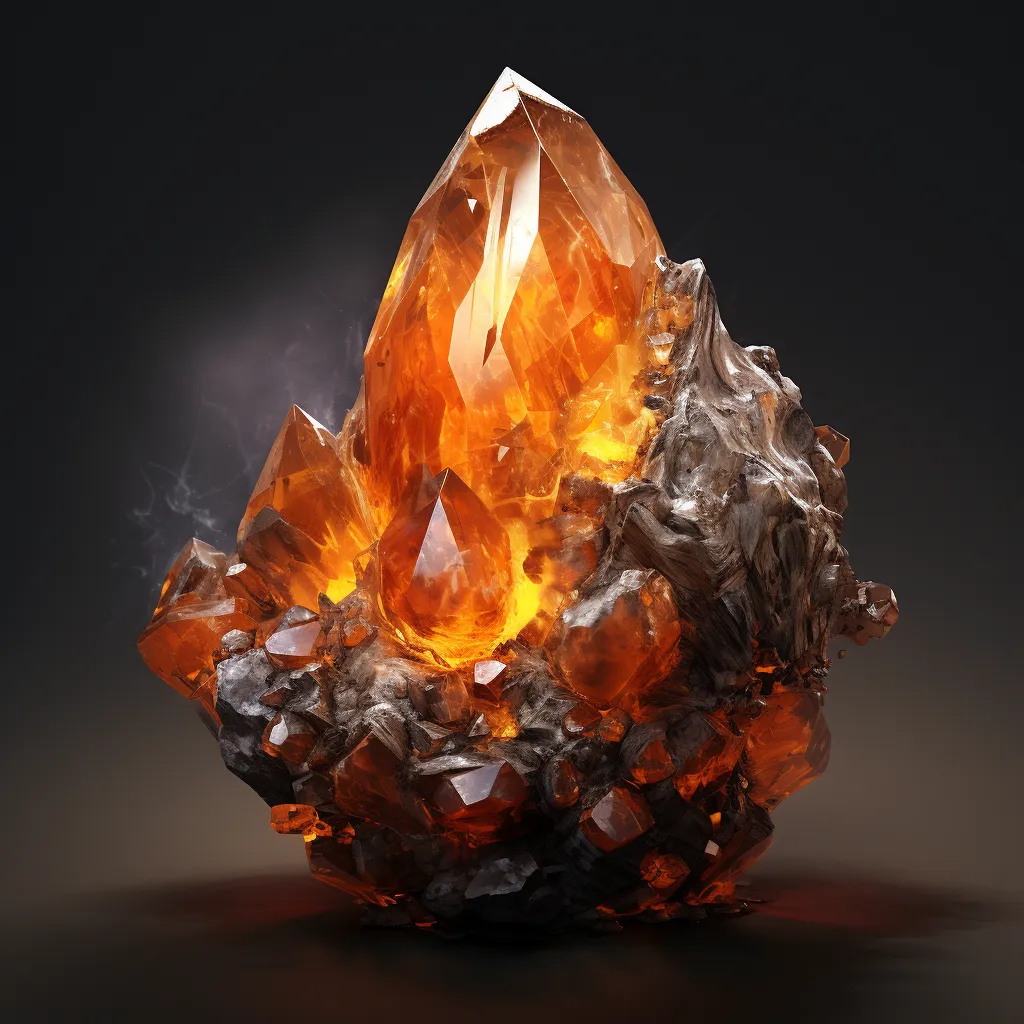The so-called "melting point" is a term from
chemistry and describes a change in the state of aggregation from solid to
liquid. There are three classic states of aggregation: solid, liquid and
gaseous. The melting point of osmium is around 3033 degrees Celsius (5491
degrees Fahrenheit). This means that osmium has the highest melting point of
all platinum group metals (PGMs):
- Melting point of Osmium: 3033 degrees Celsius
- Melting point of Iridium: 2446 degrees Celsius
- Melting point of Ruthenium: 2334 degrees Celsius
- Melting point of Rhodium: 1963 degrees Celsius
- Melting point of Palladium: 1555 degrees Celsius
- Melting point of Platinum: 1768 degrees Celsius
If you look at all the elements in the periodic table, osmium has one of the highest melting points. Tungsten holds the top position in terms of the melting point at 3422 degrees Celsius. Carbon would theoretically be even higher, but this element drops out of the ranking as it never changes to a liquid state of aggregation, even at the highest temperatures. Instead, it changes directly to a gaseous state at around 3642 degrees Celsius.
The high melting point of osmium is also responsible for the fact that the precious metal is processed differently than other precious metals such as gold or silver for use in various industries or as osmium jewelry or investments. The latter metals can be liquefied in a melting furnace to such an extent that the precious metals can be cast or bent into desired shapes. The melting point of gold, for example, is 1064 °C, that of silver 961 °C. With a melting point of 3033 °C, osmium is almost three times as high as the two precious metals mentioned.
When osmium is further processed or formed into osmium crystals or osmium bars and cubes for investment (find out about osmium investments) or other use cases, this is not done by a prior change of the aggregate state. Instead, the osmium bar, for example, is pressed into the desired shape using very high pressure and heat. This is possible, because raw osmium is available as a powder.
3033 °C, 3400 °C, 3130 °C, 2750 °C: Different melting point-specifications for osmium - which one is correct?
What may be somewhat confusing for osmium laymen and beginners is the fact that there are various specifications (either in Celsius or Fahrenheit) for the melting point of osmium. This is due to the fact that the melting point of osmium was usually given as 2750 Celsius in the literature. Over time, however, it has become clear that this value is too low. The redetermination of the melting point of osmium resulted in a value of around 3045, with a deviation (±) of around 30 degrees Celsius. The melting point of this rare element is now usually given as 3033 degrees Celsius. In practice, however, there may be minor deviations.





